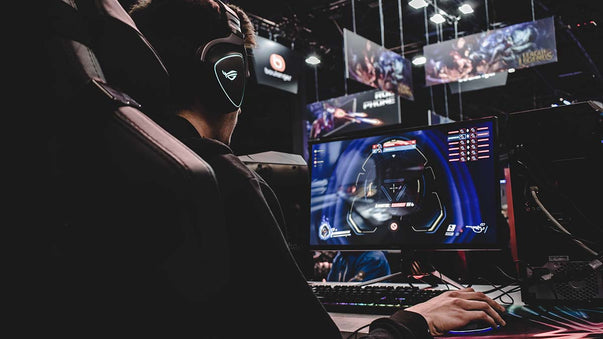New Distributed Brain-Computer Interface

Researchers at Brown University, UC San Diego, Baylor University, and Qualcomm have developed a new neural interface system that coordinates the activity of hundreds of tiny brain sensors. This new Brain-Computer Interface (BCI) system could one day deepen our understanding of the brain and lead to new medical therapies.
BCI systems depend on implantable sensors that record electrical signals in the brain. They use those brain signals to drive external devices like computers or prosthetic limbs such as robotic arms. An operational BCI system should be able to gather data from large groups of brain cells.
"One of the big challenges in the field of brain-computer interfaces is engineering ways of probing as many points in the brain as possible," said senior researcher Arto Nurmikko in a press release issued by Brown University. "Up to now, most BCIs have been monolithic devices -- a bit like little beds of needles. Our team's idea was to break up that monolith into tiny sensors that could be distributed across the cerebral cortex. That's what we've been able to demonstrate here."
The researchers designed wireless microscale neural sensors, each about the size of a grain of salt, to record and stimulate brain activity. The sensors, dubbed "neurograins," independently record the electrical pulses made by firing neurons and send the signals wirelessly to a central hub, which coordinates and processes the signals.
The central hub is a thin thumbprint-sized patch that attaches to the scalp outside the skull. It works like a miniature cellular phone tower, employing a network protocol to coordinate the signals from the neurograins, each of which has its own network address. The patch also supplies power wirelessly to the neurograins, which are designed to operate using a minimal amount of electricity.
In a study published in Nature Electronics, the researchers demonstrate the use of a coordinated network with nearly 50 neurograins to record neural activity in a laboratory rat. The neurograins, placed on the outer layer of the animal's brain, successfully recorded neural signals. The researchers also tested the ability of the BCI system to stimulate the brain as well as record from it.
"This work was a true multidisciplinary challenge," said researcher Jihun Lee. "We had to bring together expertise in electromagnetics, radio frequency communication, circuit design, fabrication and neuroscience to design and operate the neurograin system."
"It was a challenging endeavor, as the system demands simultaneous wireless power transfer and networking at the mega-bit-per-second rate, and this has to be accomplished under extremely tight silicon area and power constraints," added researcher Vincent Leung. "Our team pushed the envelope for distributed neural implants."
The current configuration of the BCI system could support up to 770 neurograins. The researchers plan to scale the BCI system up to many thousands of neurograins, which would provide a currently unattainable picture of brain activity.
"Our hope is that we can ultimately develop a system that provides new scientific insights into the brain and new therapies that can help people affected by devastating injuries," concluded Nurmikko.
It’s worth noting that next-generation BCI systems could do much more than that. They could enable artificial intelligence (AI) implants, enable artificial telepathy (streaming thoughts to other users via wireless networks), and gradually approach the capabilities of wildly futuristic neural interfaces such as the “neural lace” envisioned by the late lamented science fiction writer Iain Banks.
More Articles
Don't miss a beat! In our Pulse Newsletter, Thrivous curates the most important news on health science and human enhancement, so you can stay informed without wasting time on hype and trivia. It's part of the free Thrivous newsletter. Subscribe now to receive email about human enhancement, nootropics, and geroprotectors, as well as company news and deals.
Read more articles at Thrivous, the human enhancement company. You can browse recent articles in Thrivous Views. See other Pulse Newsletter articles. Or check out an article below.
-
Caffeine Boosts E-Sport Gaming Performance
Caffeine is considered a cognitive enhancer at low to moderate doses because it improves alertness, vigilance, attention, and reaction time. ...
-
Exercise Programs DNA to Fight Disease and Improve Health
University of Copenhagen scientists have suggested that the beneficial effects of physical exercise may in part result from changes to ...


